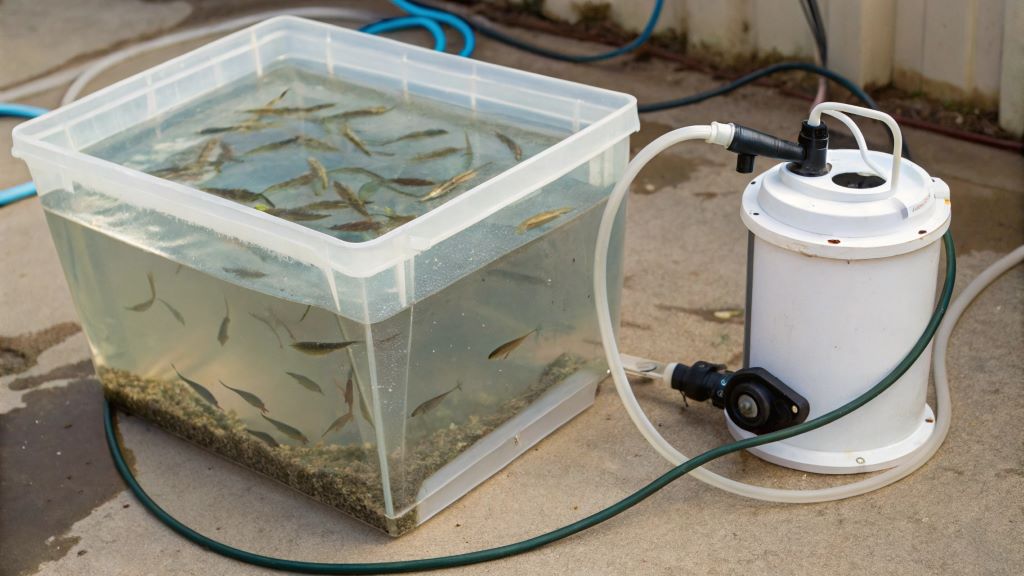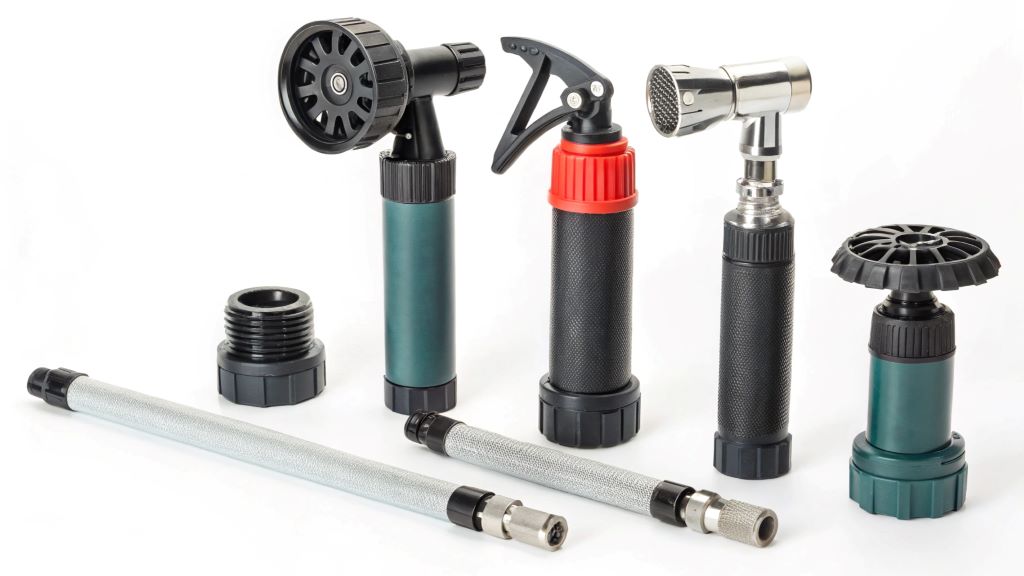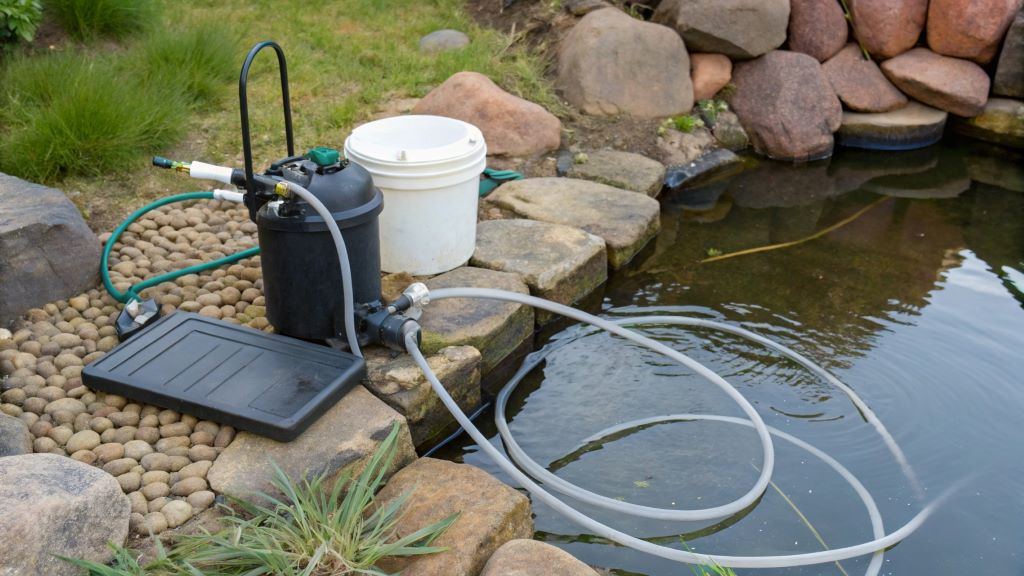If you’ve ever arrived at your fishing spot only to find your minnows floating belly up, you’re not alone. Live bait, especially minnows, can be sensitive to heat, oxygen, and handling stress during transport. Ensuring their survival is key to a successful fishing trip. An aerator setup to keep minnows alive can make all the difference. With the right aerator setup, you can maintain healthy bait for hours, even on the road.
From personal experience, I once lost an entire batch of minnows after an hour’s drive due to poor aeration. That mistake taught me the importance of having a reliable setup. In this post, we’ll break down everything you need to know about choosing the best aerator, container, and maintenance practices for transporting minnows.
If you’re starting out or want the best tools, you should definitely explore Fishing Gear Shops for quality equipment and accessories.
Best Baits and Lures Need Live Minnows
When you’re chasing bass in the heat of summer, every detail matters—including your bait.
The best bass lures for summer work even better when paired with lively minnows. For detailed bait suggestions, make sure to check out https://fishinggearshops.com/fishing-gear/rods-reels/baits-lures/top-5-best-baits-for-bass-in-june/.
A healthy minnow mimics real prey movement better than any artificial lure. That’s why an aerator setup is not just about bait—it’s about improving your entire fishing game.
What Does a Proper Aerator Setup Look Like?
A well-designed aerator system includes three core components:
- Container or Bait Bucket – Choose a well-insulated, light-colored container that reflects heat.
- Aerator Pump – Battery-powered pumps are ideal for transport. Look for dual-outlet models for more oxygen.
- Air Stone or Diffuser – These distribute bubbles more evenly, keeping oxygen levels balanced.
According to a 2023 report by the U.S. Fish and Wildlife Service, minnows require oxygen concentrations of at least 5 ppm (parts per million) to stay alive during transport. Pumps that circulate water and increase surface agitation help maintain this level.
Additionally, opt for an aerator rated for twice your container size to avoid oxygen crashes. Choose models with adjustable air flow for better control based on minnow quantity.
Tips to Maximize Minnow Survival on the Road
Even with the best aerator, poor handling can still cost you your bait. Here are practical tips:
- Pre-chill the water: Keep it 10–15°F cooler than outside temperature.
- Dechlorinate tap water: Use drops or let it sit 24 hours before use.
- Avoid overcrowding: Stick to 1 minnow per 2 cups of water.
- Change water often: Every 1–2 hours, especially in warm weather.
- Use a lid with holes: Helps avoid spills and allows airflow.
A mistake I made early on was reusing warm lake water. It led to low oxygen and dead bait before I could cast my first line. Cold, treated water combined with proper aeration has since made all the difference.
Choosing the Right Aerator for Your Needs
Not all aerators are built the same. Here’s how to choose the one that suits your fishing style:
- Battery-powered models: Great for mobility and long trips. Some run up to 40 hours on D batteries.
- Rechargeable USB options: Eco-friendly and useful for weekend anglers.
- Saltwater vs. freshwater settings: Some aerators can switch modes based on water type.
- Noise level: Go for quieter options if fishing from a kayak or shore.
According to Field & Stream, aerators from brands like Frabill, Engel, and Marine Metal Products consistently rank among the top for reliability and power.
Water Treatment and Temperature Control
Maintaining consistent water quality is vital. Here’s how to make it work:
- Add aquarium salt: 1 tablespoon per gallon can reduce minnow stress.
- Use ice packs—not loose ice: Avoid chlorine contamination from melting ice.
- Monitor temperature: Use digital thermometers to keep it between 55–65°F.
- Remove dead bait immediately: They release ammonia which lowers oxygen.
A study published in Aquaculture Research emphasized that lower water temps slow metabolism and reduce oxygen demand. That gives your aerator a helping hand.
DIY Aerator Setup for Budget-Conscious Anglers
You don’t need to break the bank. Here’s how to build a budget-friendly but effective setup:
- $5 bucket from any hardware store
- $10 battery aerator from a bait shop or online
- $2 airline tubing and air stone
- Optional: Insulation wrap to reduce heat absorption
Assembly takes 10 minutes. I’ve used this method on weekend road trips, and the results have been just as reliable as more expensive setups.
Keeping Your Gear Clean and Ready
Neglecting your aerator setup leads to equipment failure and dead bait. Here’s how to maintain it:
- Rinse parts with clean water after every use
- Disinfect weekly using a mild bleach solution (1 tbsp per gallon)
- Check battery charge or keep spares in your tackle bag
- Inspect tubing for mold or clogs regularly
Consistent maintenance will extend the life of your gear and keep your bait lively every time.
Minimalism vs. Maximalism: Finding Your Balance in the Pursuit of a Fulfilling Life
Conclusion
Having the best aerator setup to keep minnows alive during transport is more than a convenience—it’s a game changer.
By investing a little time and planning, you ensure that your bait is healthy and ready to perform. Combine that with the right fishing techniques, and you’ll drastically increase your catch rate.
So next time you’re prepping for a trip, don’t forget your bait’s comfort. Set up your aerator, treat the water, and travel like a pro.
Have questions or a setup that works well for you? Drop a comment below or share this article with fellow anglers!
FAQs
How long can minnows survive during transport?
With proper aeration and cool water, minnows can last up to 12 hours or more on the road.
What’s the ideal water temperature for minnows?
Keep it between 55°F and 65°F to reduce stress and oxygen demand.
How often should I change the water?
Change the water every 1–2 hours during long trips, especially in warm weather.
Can I use a regular aquarium pump for transport?
Aquarium pumps are usually not portable. Use a battery-powered or USB aerator designed for mobility.
What’s the best container for transporting minnows?
Use an insulated bait bucket with a lid and holes to maintain temperature and prevent spills.
Read More:









